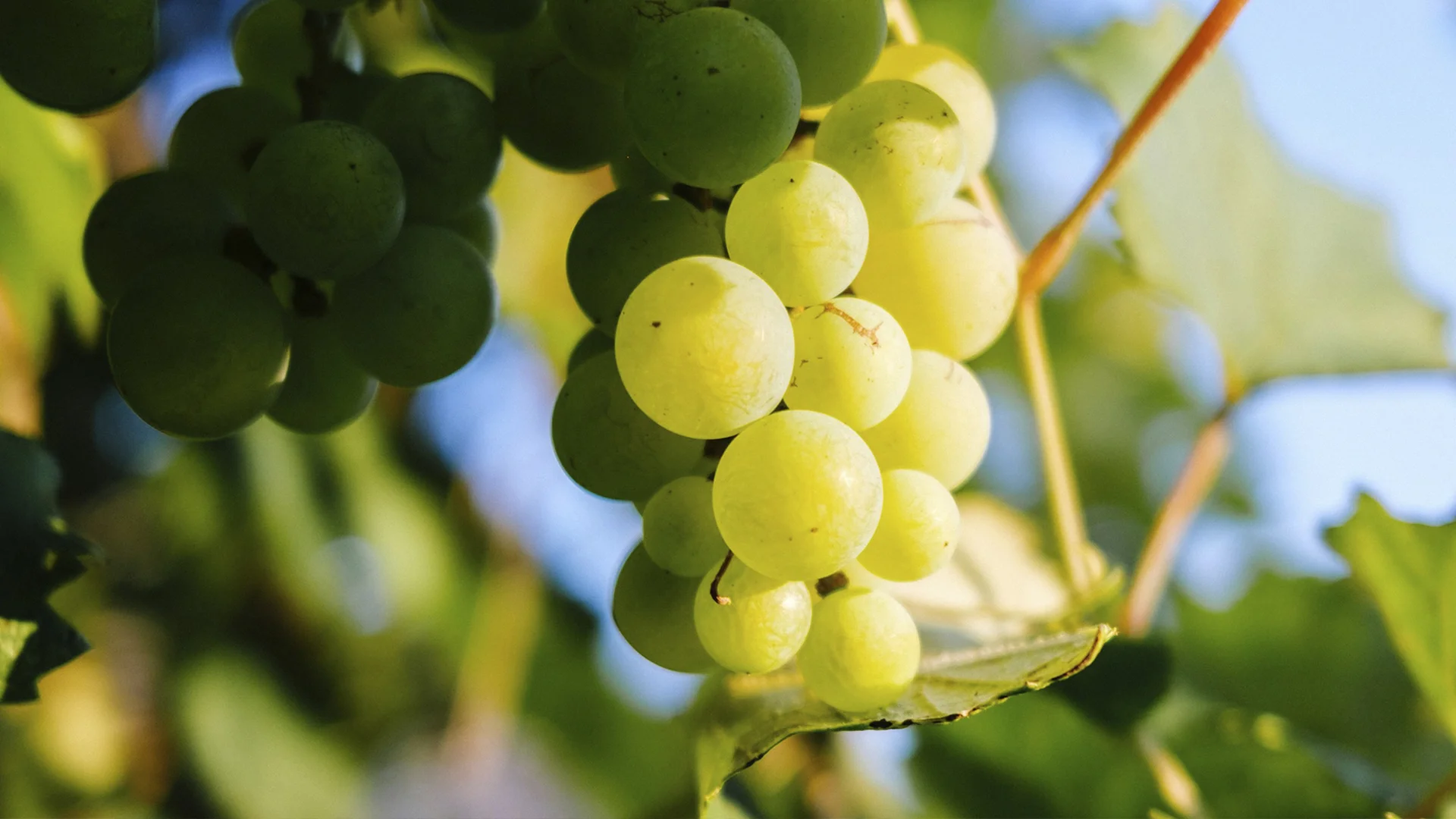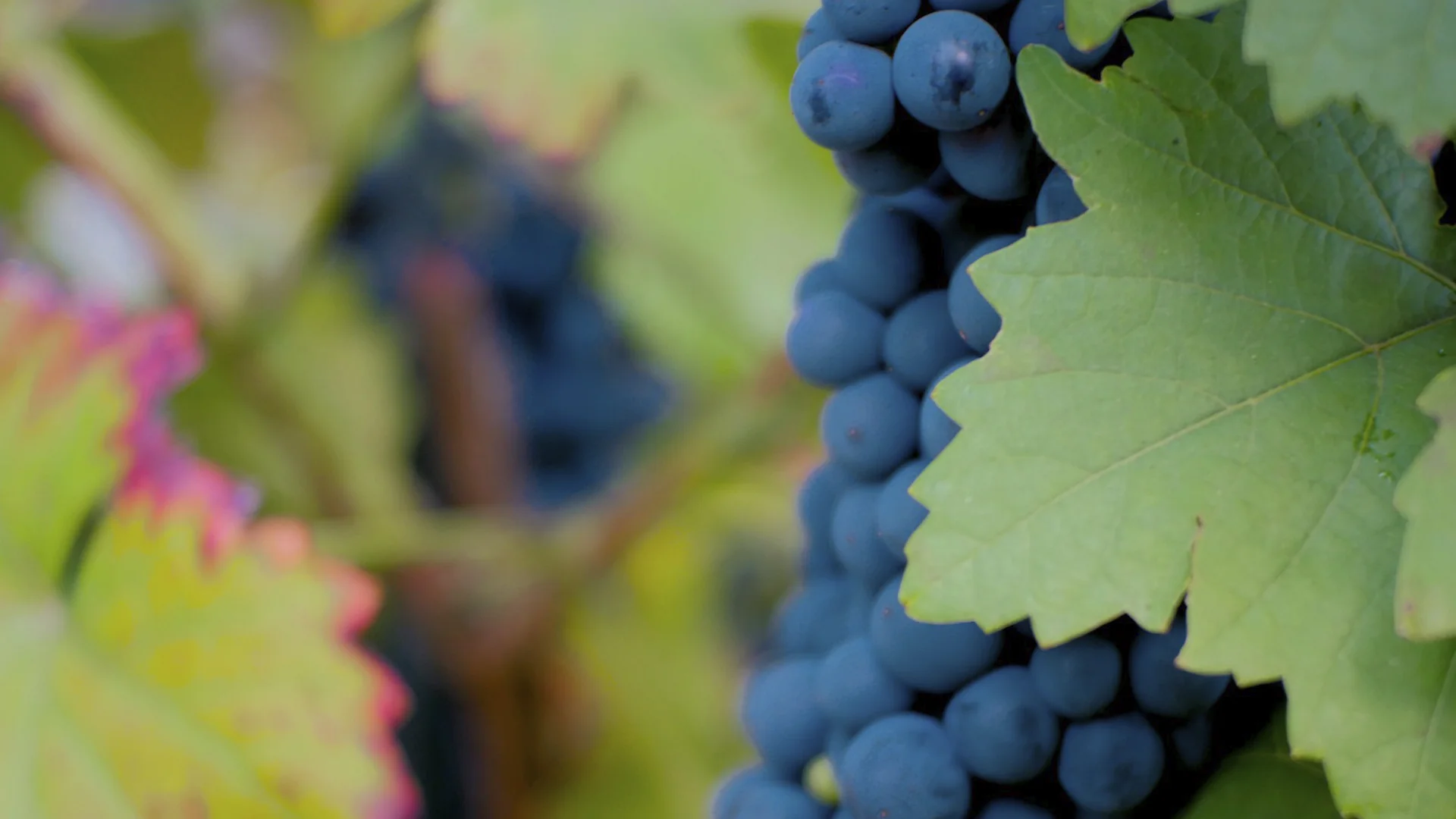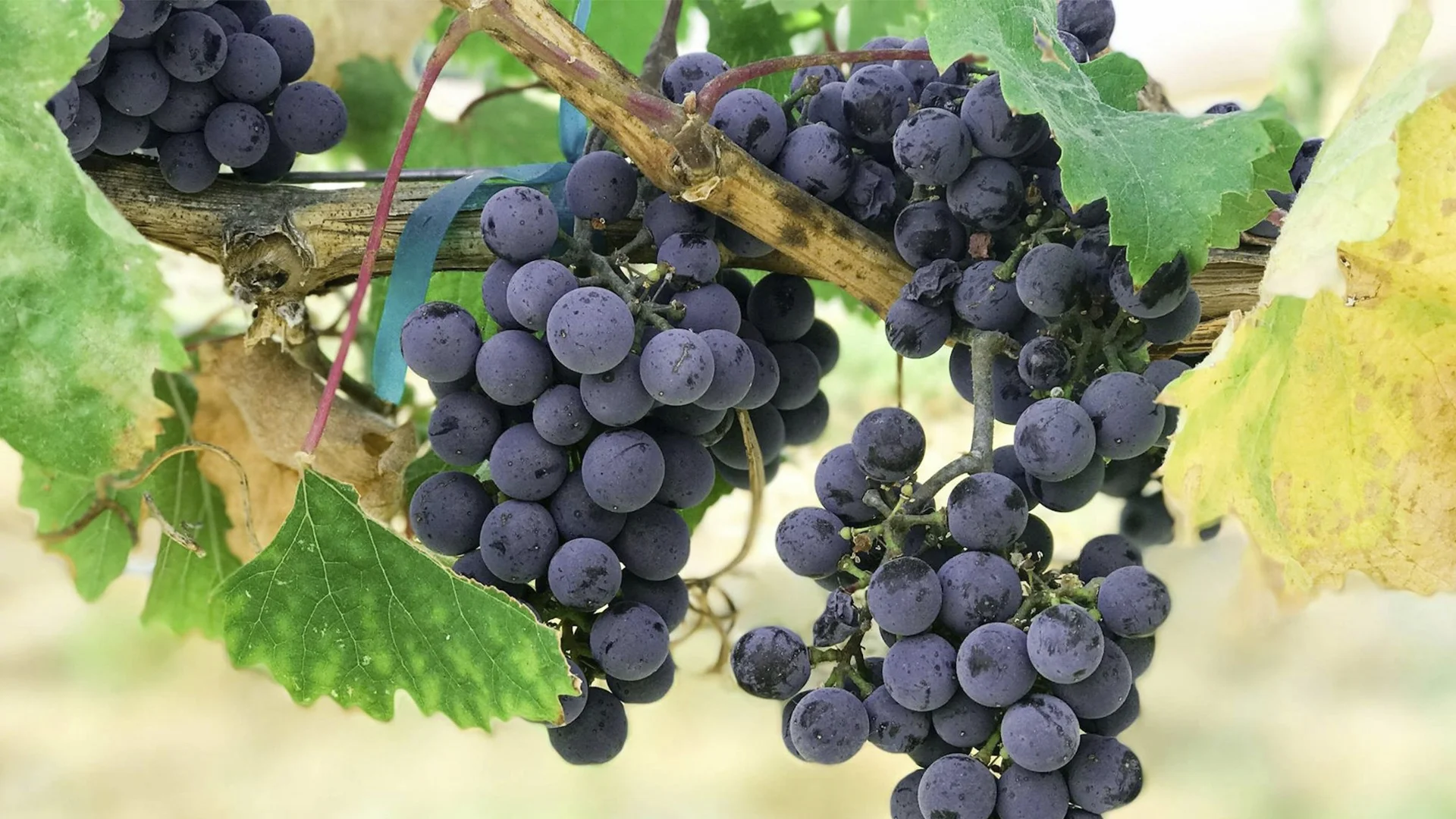
Gewürztraminer, a grape varietal as intriguing as its name, beckons wine enthusiasts into a world of unique flavours and rich history. This article will explore the essence of the Gewürztraminer grape varietal, unveiling fun facts that highlight its distinctiveness. We'll delve into the historical journey of this varietal, tracing its roots and evolution.
Understanding the ideal viticultural conditions essential for its cultivation, we'll also identify the main regions where Gewürztraminer thrives, examining how terroir influences their characteristics. Finally, we'll toast to the famous wines birthed from this versatile grape, showcasing why Gewürztraminer remains a cherished choice among wine connoisseurs.
Gewürztraminer stands as a beacon of uniqueness in the world of viticulture. This varietal commands attention because of its intense aroma, distinctive flavour profile and low acidity. Originating from Europe, Gewürztraminer has made a name for itself with its bold and aromatic characteristics.
The grapes are typically pink to red-skinned, adding to their visual allure. They are renowned for producing full-bodied white wines rich in spices and floral notes, often described with lychee, pineapple, rose, and ginger notes. This grape variety, while not the easiest to cultivate, rewards with wines that are both expressive and memorable.
The story of the Gewürztraminer grape varietal is a fascinating blend of genetics and history. Originating as the green-skinned Traminer in South Tyrol's village of Tramin, it shares a close link with Savagnin Blanc, known for Jura's vin jaune. Over time, Traminer evolved, with variations like Frankisch, Gringet, Heida, and others emerging across Europe, all tracing back to the original Traminer family.
The critical transformation occurred with the mutation into a pink-skinned variant, Red Traminer or Savagnin rose, eventually leading to the aromatic Gewürztraminer. The complexity of this evolution was compounded by the turbulent history of Europe, often causing vine misidentification.
By the 1870s in Alsace, the term "Gewürz" (meaning spice) was added, possibly coinciding with the phylloxera epidemic's vineyard replanting. This period likely saw the selection of the aromatic mutation we know today. Despite these changes, in some regions like Heiligenstein, the name Traminer persists, linking the modern Gewürztraminer back to its ancient roots.
Gewürztraminer grapes, known for their distinct flavour and aroma, thrive under specific viticultural conditions. These conditions are crucial for bringing out the best in the grape, influencing everything from taste to aroma.

The culmination of these factors - soil type, climate, rainfall, GDD, and altitude - is vital for cultivating Gewürztraminer grapes that express their full potential, leading to rich, aromatic, and distinctively flavourful wines.
Gewürztraminer, a grape that flourishes in diverse corners of the globe, finds its true expression in the hands of nature's varying terroirs. Each region imparts its unique signature, influencing the grape's characteristics from aroma to taste. Let's explore the key regions that produce Gewürztraminer, and how their terroirs sculpt this varietal's identity.

Each of these regions, through their distinct terroirs, not only cultivates Gewürztraminer grapes but also shapes their identity, creating a tapestry of flavours and aromas that are as varied as the landscapes themselves. This diversity underlines the adaptability of Gewürztraminer and its ability to reflect the essence of its growing environment.
Gewürztraminer is a wine that, whether produced in a dry or sweet wine style, has charmed wine lovers worldwide, and several wine brands have excelled in bringing out its best qualities. With its unique approach and regional influence, each brand contributes to the grape's rich tapestry in the wine world.
Each of these brands illuminates a different facet of Gewürztraminer, showcasing how wonderfully this grape adapts to various environments and winemaking technique
We journeyed through a landscape rich in history, unique characteristics, and diverse expressions. Starting with understanding the essence of Gewürztraminer grapes, we've seen how their distinct aroma and flavour set them apart in the world of winemaking.
Delving into fun facts, we uncovered the grape's intriguing origins and its selective nature in terms of growing conditions. The historical journey of Gewürztraminer, from the ancient Traminer in South Tyrol to the aromatic Gewürztraminer we know today, reveals a story of evolution influenced by both nature and human cultivation.
Understanding the ideal viticultural conditions for Gewürztraminer highlighted the grape's preference for specific climates and soils, while exploring the main regions where it thrives illustrated the profound impact of terroir on its characteristics. Each region thet produces Gewurztraminer, from Alsace to the Finger Lakes, brings out different facets of this versatile grape.
Finally, our exploration of famous Gewurztraminer wines showcased the global reach and adaptability of this variety, with each brand offering a unique interpretation of these beloved white wines, that resonates with wine enthusiasts worldwide.
In summary, Gewürztraminer is not just a grape variety; it's a narrative of adaptability, tradition, and innovation, reflecting the intricate relationship between nature, terroir, and the art of winemaking.
If you want to learn everything about Gewürztraminer wines, and the aspects that involve their winemaking process, then please check our article dedicated to this type of wine. In addition, if you have a wine brand with this wine in its portfolio and want to see it grow, then this article has the advices you need to stand out from the crowd and start driving more sales.





























































































.webp)

.webp)





Are you interested in
collaborating with us?